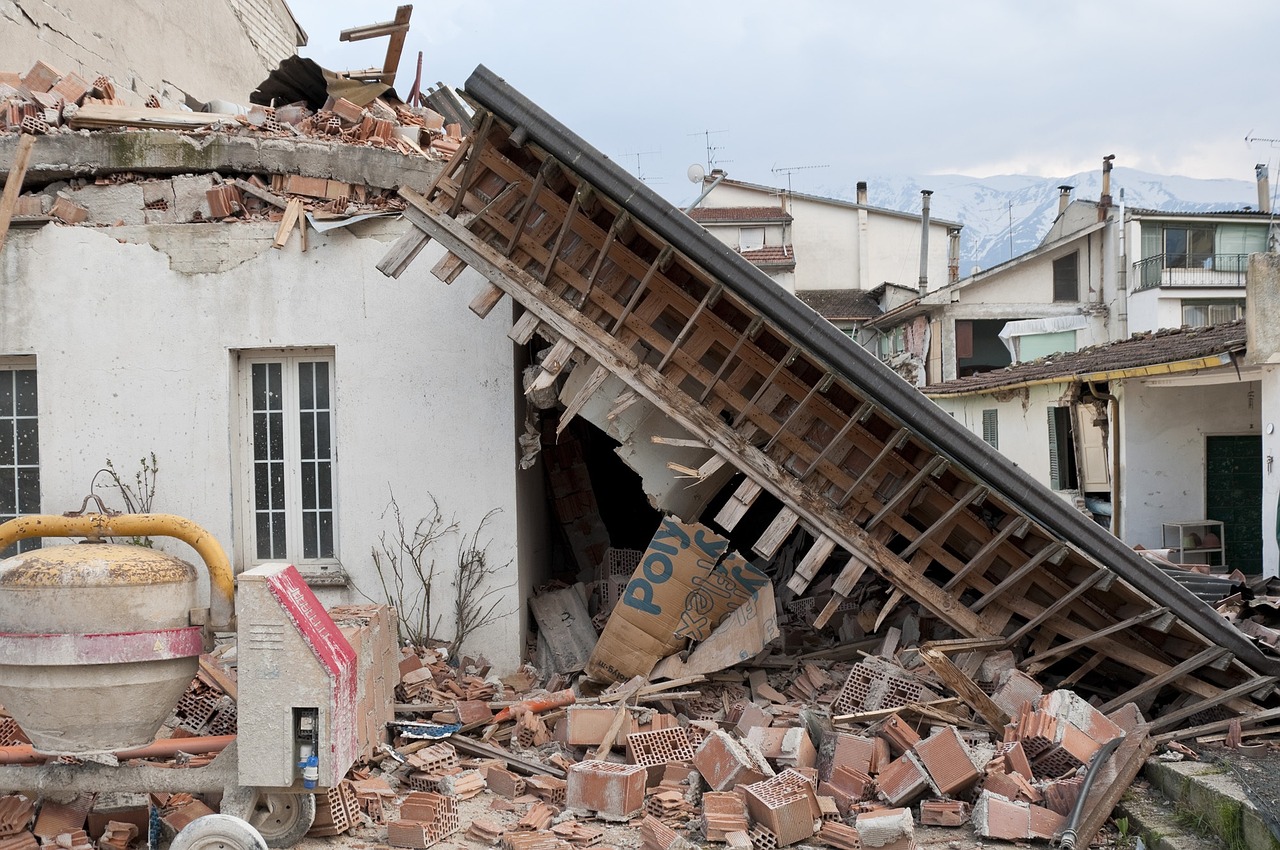Introduction:
The resilience of healthcare infrastructure is critical for ensuring the well-being of communities, especially in earthquake-prone regions like Oregon. The potential for seismic events poses unique challenges for healthcare facilities, which must remain operational to provide life-saving care during and after earthquakes. In this blog, we will explore the vulnerabilities of Oregon’s healthcare infrastructure to earthquakes and examine strategies for addressing these challenges to enhance resilience.
Understanding Vulnerabilities:
Oregon’s healthcare infrastructure encompasses hospitals, clinics, long-term care facilities, and emergency medical services, all of which are essential for meeting the healthcare needs of residents. However, many of these facilities are vulnerable to damage and disruption during earthquakes due to aging infrastructure, inadequate seismic retrofitting, and reliance on critical utilities and supplies.
Challenges Faced by Healthcare Facilities:
Healthcare facilities in Oregon face several challenges in preparing for earthquakes, including:
1. Structural Vulnerabilities: Many healthcare facilities in Oregon were built before modern seismic standards were established, leaving them susceptible to damage or collapse during earthquakes.
2. Utility Disruptions: Earthquakes can disrupt essential utilities such as power, water, and communications, posing challenges for maintaining medical equipment, providing patient care, and communicating with staff and patients.
3. Supply Chain Disruptions: Healthcare facilities rely on a complex supply chain for medications, medical supplies, and equipment. Disruptions to transportation networks and distribution channels following earthquakes can lead to shortages and delays in replenishing essential supplies.
4. Patient Surge Capacity: Earthquakes may result in a surge of patients requiring medical attention, overwhelming healthcare facilities’ capacity to provide care. Adequate planning and resources are needed to accommodate increased patient volumes during and after seismic events.
Addressing Vulnerabilities:
To address vulnerabilities and enhance the resilience of Oregon’s healthcare infrastructure, several strategies can be implemented:
1. Seismic Retrofitting: Retrofitting existing healthcare facilities to meet modern seismic standards is crucial for reducing the risk of structural damage and ensuring the safety of patients and staff during earthquakes. Investments in retrofitting projects can strengthen buildings and critical infrastructure systems, such as HVAC and electrical systems, to withstand seismic forces.
2. Emergency Preparedness Planning: Healthcare facilities should develop comprehensive emergency preparedness plans that outline procedures for responding to earthquakes and other disasters. This includes conducting risk assessments, training staff in emergency protocols, and establishing communication and coordination channels with local emergency response agencies.
3. Backup Systems and Redundancies: Installing backup power generators, water storage systems, and communication redundancies can help healthcare facilities maintain essential services during utility disruptions caused by earthquakes. These systems ensure continuity of operations and enable healthcare providers to continue delivering care to patients.
4. Community Partnerships: Collaborating with local government agencies, emergency responders, and community organizations is essential for building resilience and coordinating response efforts. Healthcare facilities should participate in regional planning initiatives and exercises to strengthen partnerships and enhance preparedness for seismic events.
Conclusion:
Addressing earthquake vulnerabilities in Oregon’s healthcare infrastructure requires proactive planning, investments in seismic retrofitting, and collaboration among stakeholders. By strengthening buildings, improving emergency preparedness, implementing backup systems, and fostering community partnerships, healthcare facilities can enhance their resilience and continue to fulfil their vital role in providing healthcare services to communities, even in the face of seismic events.



